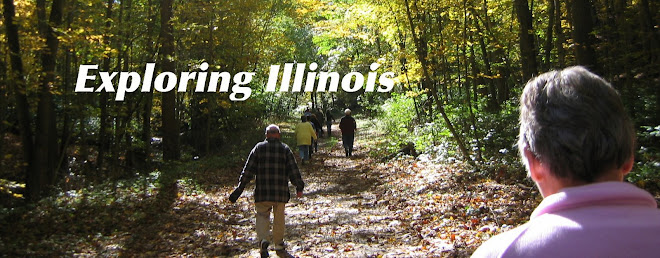
In the Church of Jesus Christ of Latter Day Saints (Mormons), there are few places as significant to as the simple, two-story stone jail near the center of Carthage, Illinois.
The Carthage Jail is the “Calvary” of the Mormon faith. It is the place where on June 27, 1844, the church’s founder, Joseph Smith, and his brother Hyrum, were shot and killed by an angry mob.
According to accounts, the Smith brothers had been incarcerated on charges related to the destruction of a local newspaper, the Nauvoo Expositor, which had published negative articles pointing out that Smith practiced plural marriage and accused him of trying to create a Mormon-ruled government in Western Illinois.
At the time, Smith was not only the head of the Mormon religion but mayor of the city of Nauvoo, located about 20 miles northwest of Carthage.
In his role as mayor, Smith joined a majority of the members of the City Council to declare the paper a public nuisance and ordered the Expositor’s printing press to be destroyed and all copies of the paper to be burned, which was done on June 10.
The paper’s owners obtained from the Carthage court an arrest warrant for Smith and the council. However, the municipal court in Nauvoo, which consisted of Smith’s followers, acquitted Smith.
After it was determined that the Nauvoo Court was not the proper authority to consider the charges, the case was reviewed by two other legal examinations, both of which found for Smith.
Non-Mormons in Western Illinois, however, continued to push for action against Smith. To resolve the matter, Smith asked Illinois Governor Thomas Ford to intervene. The governor asked Smith and the other council members to turn themselves in to Carthage authorities for a trial.
Governor Ford assured Smith and the others that they would be safe from any violence if they followed his direction.
Smith didn’t believe he would be properly protected—and allegedly considered fleeing West— but in the end he decided to ride into Carthage with his brother and several others from the council to surrender to the authorities.
Upon arriving in Carthage, the group was arrested. Smith and his brother, along with two other council members, were confined to the Carthage Jail, a rough-looking stone structure with two upstairs cells—one with steel bars on the windows and the other less secure with no bars and a door that couldn’t properly latch. The party was placed inside the unprotected cell.
While waiting in the jail, one of Smith’s followers, Cyrus Wheelock, visited and secretly gave Smith a small pistol for his protection. That night, several armed men, faces painted black to obscure their identities, crept into the jail to kill Smith and his men.
Before the vigilantes could come upstairs, they were spotted. Hyrum Smith and another man used their bodies to barricade the door.
The mob rushed the door but the two men held the door shut. A shot was fired through the keyhole, but didn’t strike anyone. A second shot, however, passed through the wooden door and struck Hyrum Smith in the face.
According to later accounts, upon seeing his brother had been killed, Joseph Smith took the pistol he had been given by Wheelock, opened the door slightly and fired several shots at his assailants. Allegedly three men were wounded before the mob rushed into the room and fatally shot Smith.
Following the shooting, several men were arrested and put on trial. All were acquitted of the crime.
In the aftermath of Smith’s murder, the Mormon Church wrestled with the issue of succession, particularly since Smith’s brother had also been killed. Brigham Young was selected Smith’s successor in August of the following year in spite of claims by others that they had been chosen by Smith (or via divine intervention) to lead the sect.
In 1846, continued harassment of the church by Illinois authorities forced Young to lead his followers across country to the Valley of the Great Salt Lake in Utah, where established a more permanent home for the church.
As for the Carthage Jail, it was converted into a private home, which it remained until 1903, when it was purchased by the Mormon Church. It was restored to its original appearance in 1938.
Representatives of the church offer free tours of the historic building, located at 307 Walnut Street in Carthage, on Monday through Saturday, 9 a.m. to 5 p.m. and Sunday 12:30 p.m. to 5 p.m. (winter), and Monday through Saturday, 9 a.m. to 9 p.m. and Sunday 11 a.m. to 6 p.m. (summer).





No comments:
Post a Comment